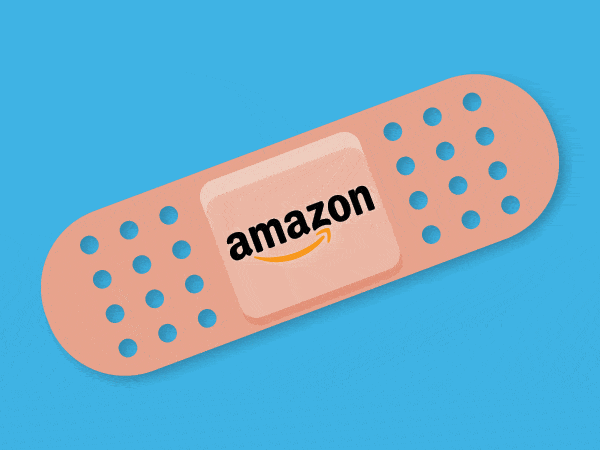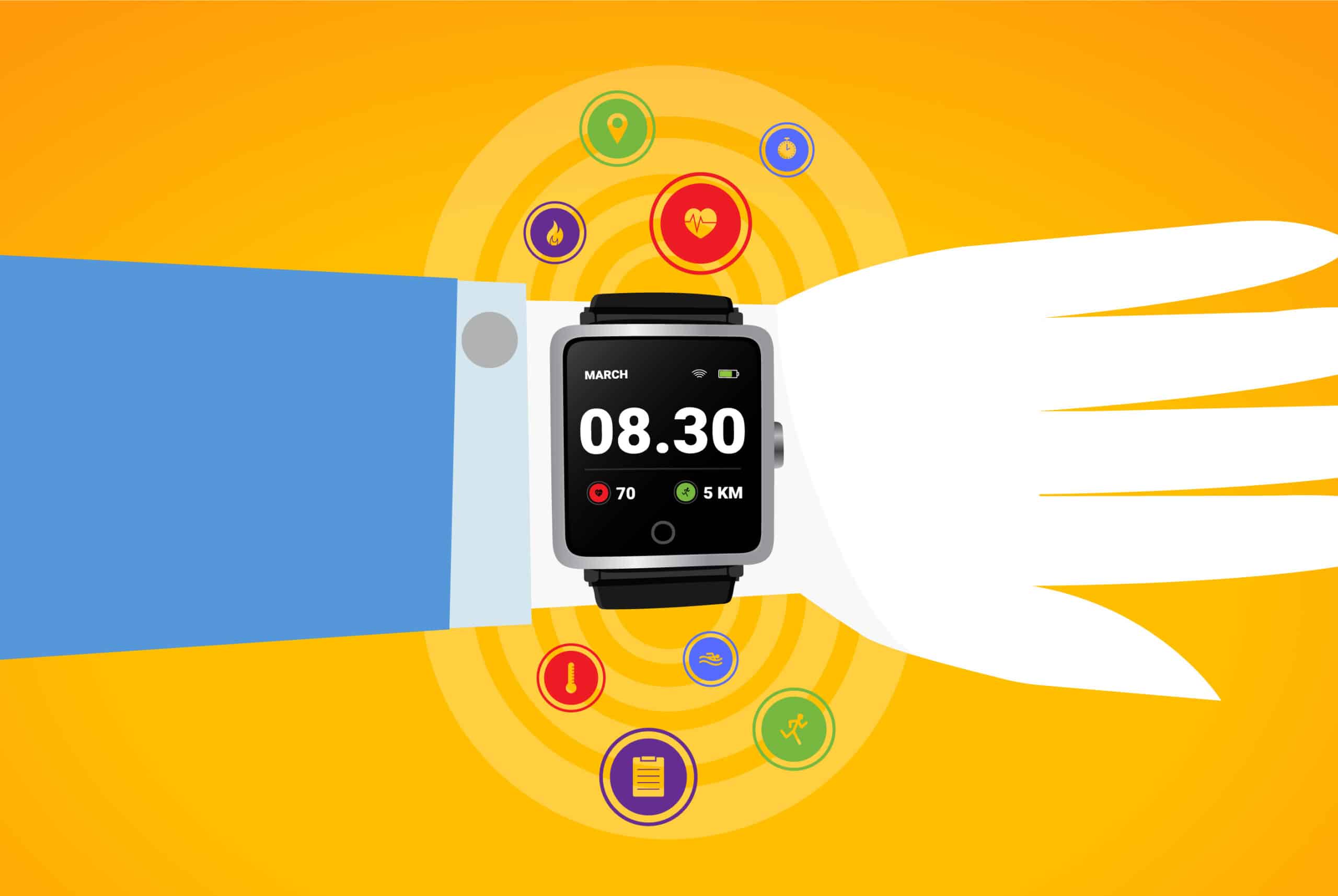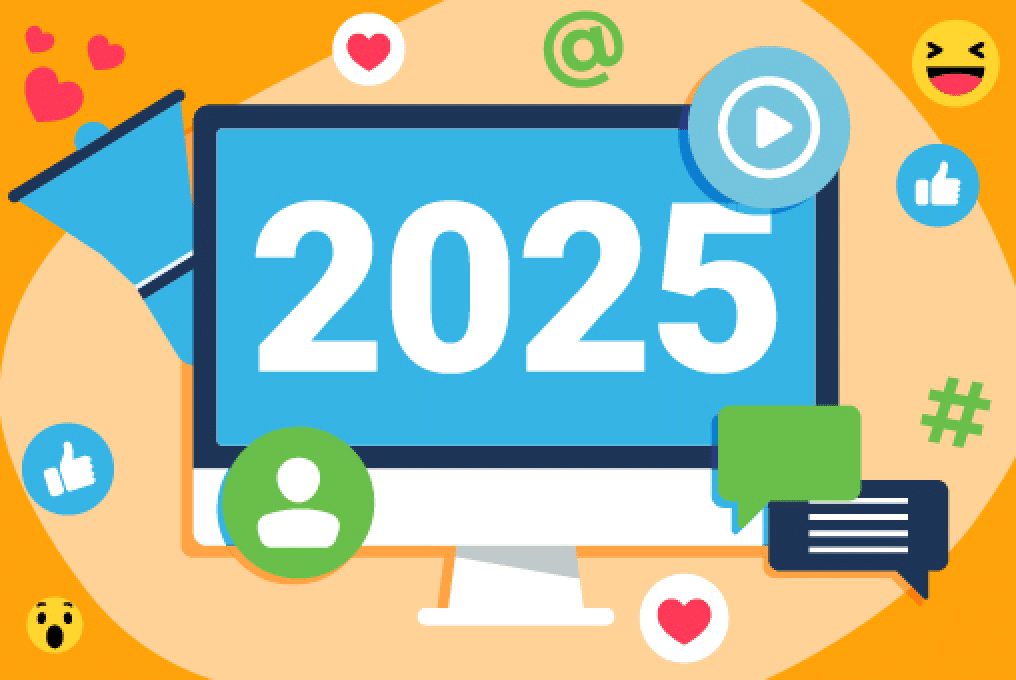
We’ll help you rip off the Band-Aid and handle this new competition with a healthy dose of information.
Disruptors are the name of the game throughout the healthcare industry in 2023. Think of the biggest retailers out there: CVS, Walgreens, Amazon (aka One Medical) and, Walmart. These national players aim to provide services at a lower cost with even more convenience.1 Whether it’s targeting specific audiences or offering convenient primary care visits for half the price of local healthcare systems, new competitors and trailblazers are changing the healthcare industry for the better.
- VillageMD and Priva are tailoring tech-centric, in-person care to consumer markets
- Oak Street is designing experiences geared toward seniors’ unique needs
- Cityblock is specifically designed to serve high-acuity Medicaid members
For providers to compete, they will need to adapt and adopt these new competitors’ strategies for a smoother patient experience.2
So, what are they doing differently? And why is it so appealing to consumers?
Persistent personalization
For starters, they all use personalized technology systems that offer easy user experiences. It creates a safe space for all consumers to find and receive care and provides a specific, unique individual healthcare experience. George Van Antwerp, managing director at Deloitte, says retailers are customizing the consumer experience to increase access and build patient trust. “It’s about understanding the consumer and being able to create a personalized set of experiences for them,” Van Antwerp said, adding that patients ask themselves, “What’s the best path for me to choose and the best way for me to be supported?”.3
Care Close to Home
Retailers are providing more convenient healthcare services. How exactly? By looking at consumer demographics based on location and taking social determinants of health into consideration. Doing so determines what types of clinicians are needed in specific areas. Walmart, for example, is projected to do well in rural areas because it is hiring clinicians in locations with limited access to care.4 Consumers in these more remote areas have a preexisting relationship with Walmart and other retail clinics like CVS and Walgreens. They’re regular shoppers and know what to expect. They view these retailers as convenient and trustworthy.
So, how can traditional healthcare systems compete with national retailers?
If you can’t beat them, join them.
It’s time for traditional healthcare systems to fully embrace personalization and technology. And wouldn’t you know it, we covered personalization in our last blog which highlighted 2023 trends. But check out insights from other healthcare thought leaders.
A FutureScan report from the Society for Health Care Strategy & Market discusses how disruptors place themselves at the front of technology adoption. For example, Oschner Health’s O Bar in Louisiana offers a retail experience that helps referred and walk-in patients find proper apps or electronic products for their specific health needs.5
The takeaway? Meet consumers where they are and where they want to be. Healthcare systems can learn to be nimbler, go with the flow and adapt to breakthrough clinical developments and ever-changing markets to keep up with a rapidly evolving industry.
One consumer benefit that’s here to stay is convenience.
The FutureScan report puts it best, “Health systems have traditionally spent a lot of resources on becoming large and integrated, but from the consumer’s perspective, that is not always a benefit.”6 In other words, healthcare systems need to revise, and in some cases scrap, their traditional barriers to quick and cost-effective healthcare. Doing so will help attract new patients and retain existing ones, particularly at the non-urgent level. Be flexible in your planning and think about launching community-based services. Place greater emphasis on telehealth. Both increase convenience, and convenience means more consumers walking through your doors.
There’s never been a more important time to be flexible, reduce costs and create a personalized patient experience. By keeping up with a fast-paced industry, traditional healthcare systems can give the competition a run for their money and even emerge as new industry leaders.7
Partner with Frederick Swanston to stay in the know and adapt to the changes. Our strategies and insights will help you retain and gain new and existing consumers and give you the tools to become a trailblazer and disruptor in the industry.
1“FutureScan: Health Care Trends and Implications—2023.” Society for Health Care Strategy & Market Development and The American Hospital Association.
2Ibid.
3Rebecca Torrence. “2022 forecast: Competition in retail healthcare will heat up. Here’s what to expect from Amazon, CVS and Walgreens.” Fierce Healthcare. 22 December, 2021.
4Ibid.
5“FutureScan: Health Care Trends and Implications—2023.” Society for Health Care Strategy & Market Development and The American Hospital Association.
6Ibid.
7Ibid.


